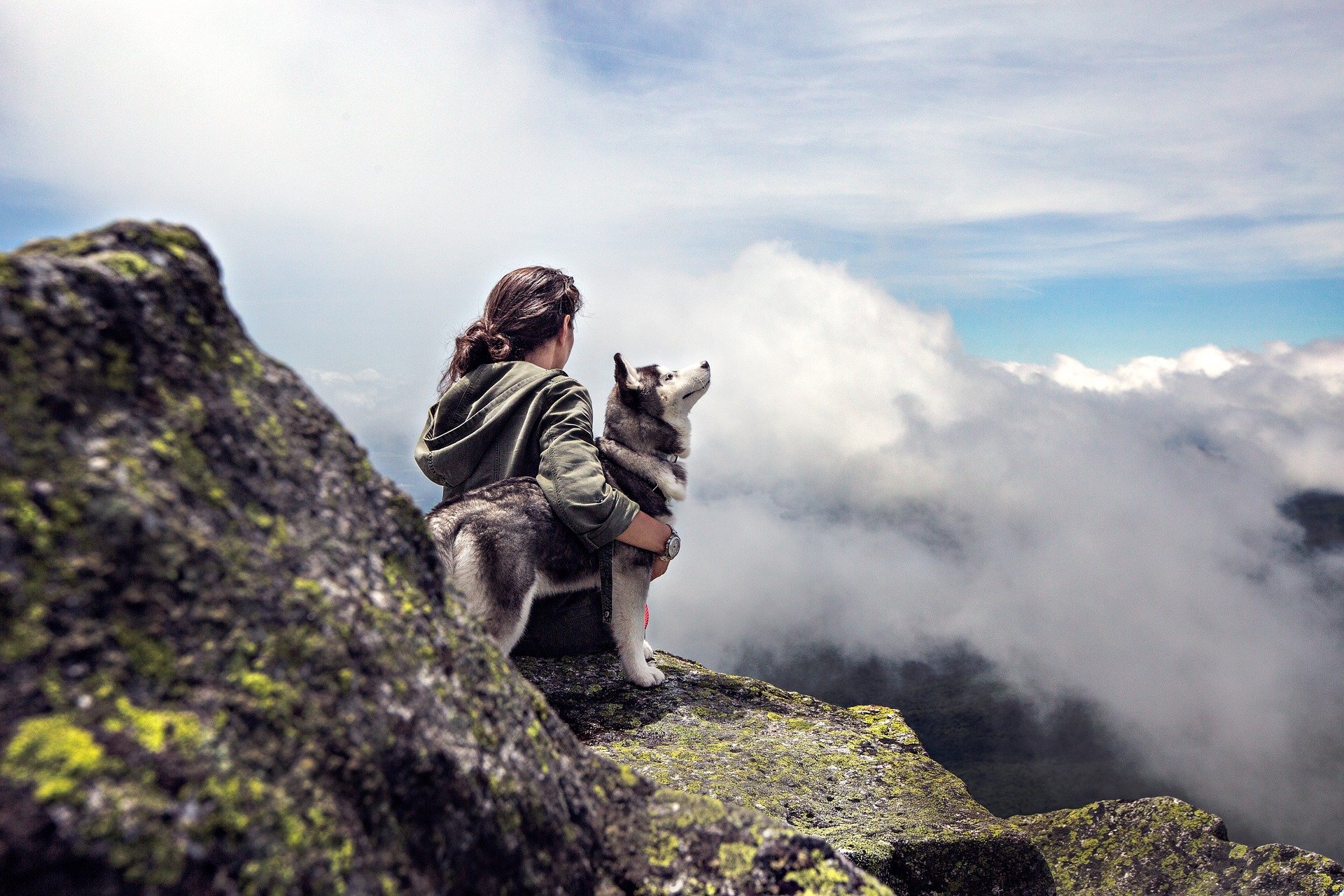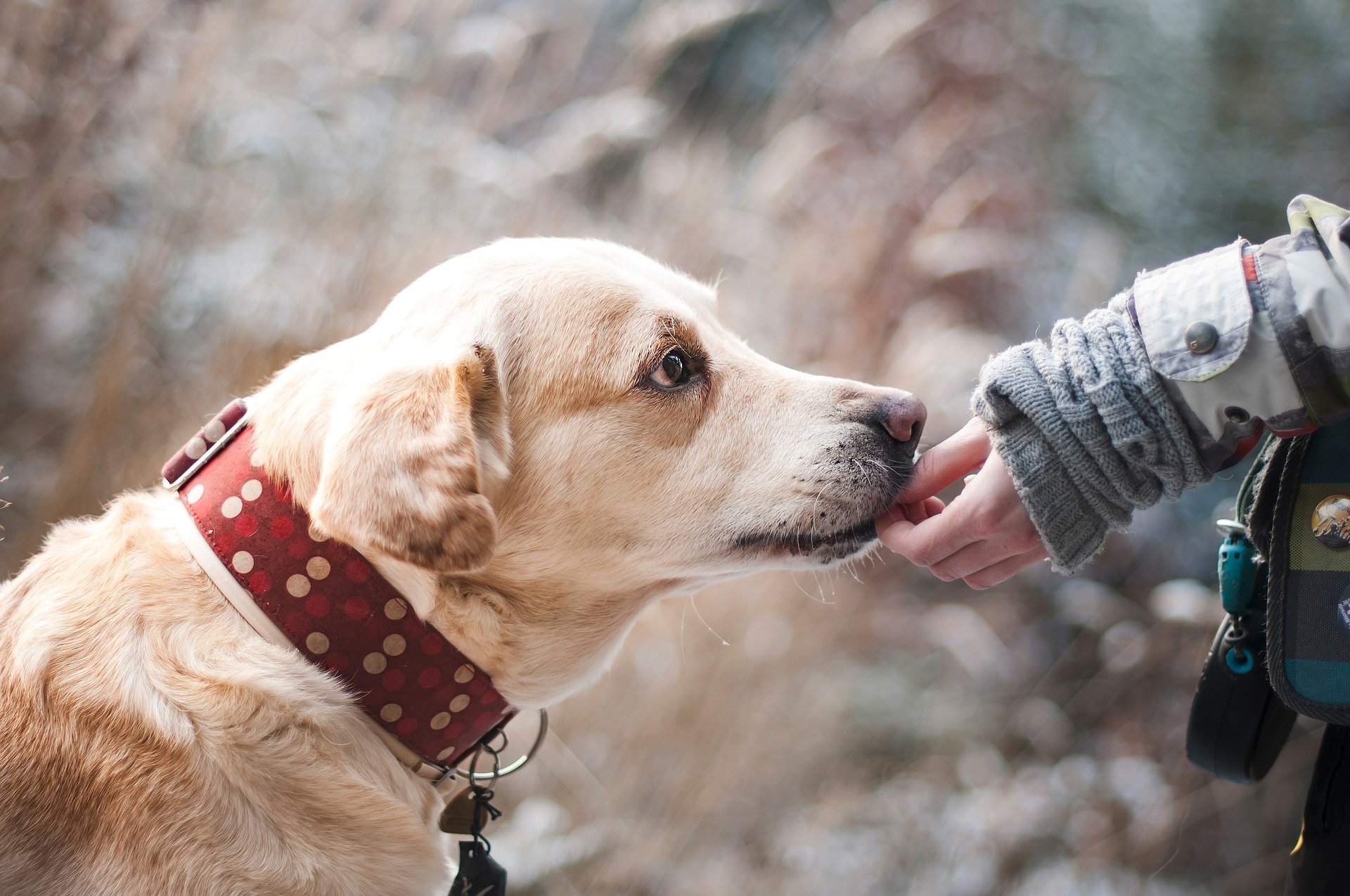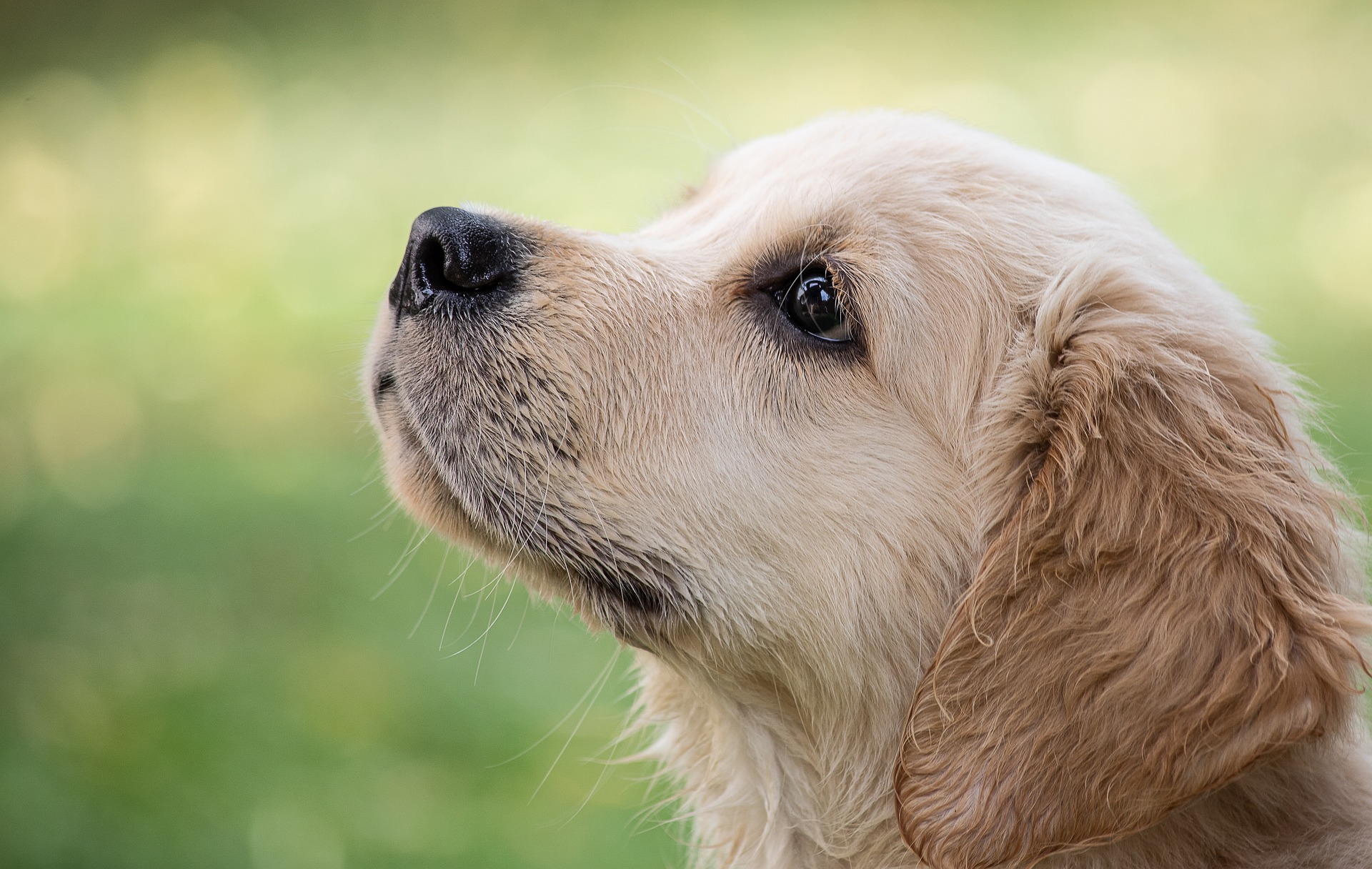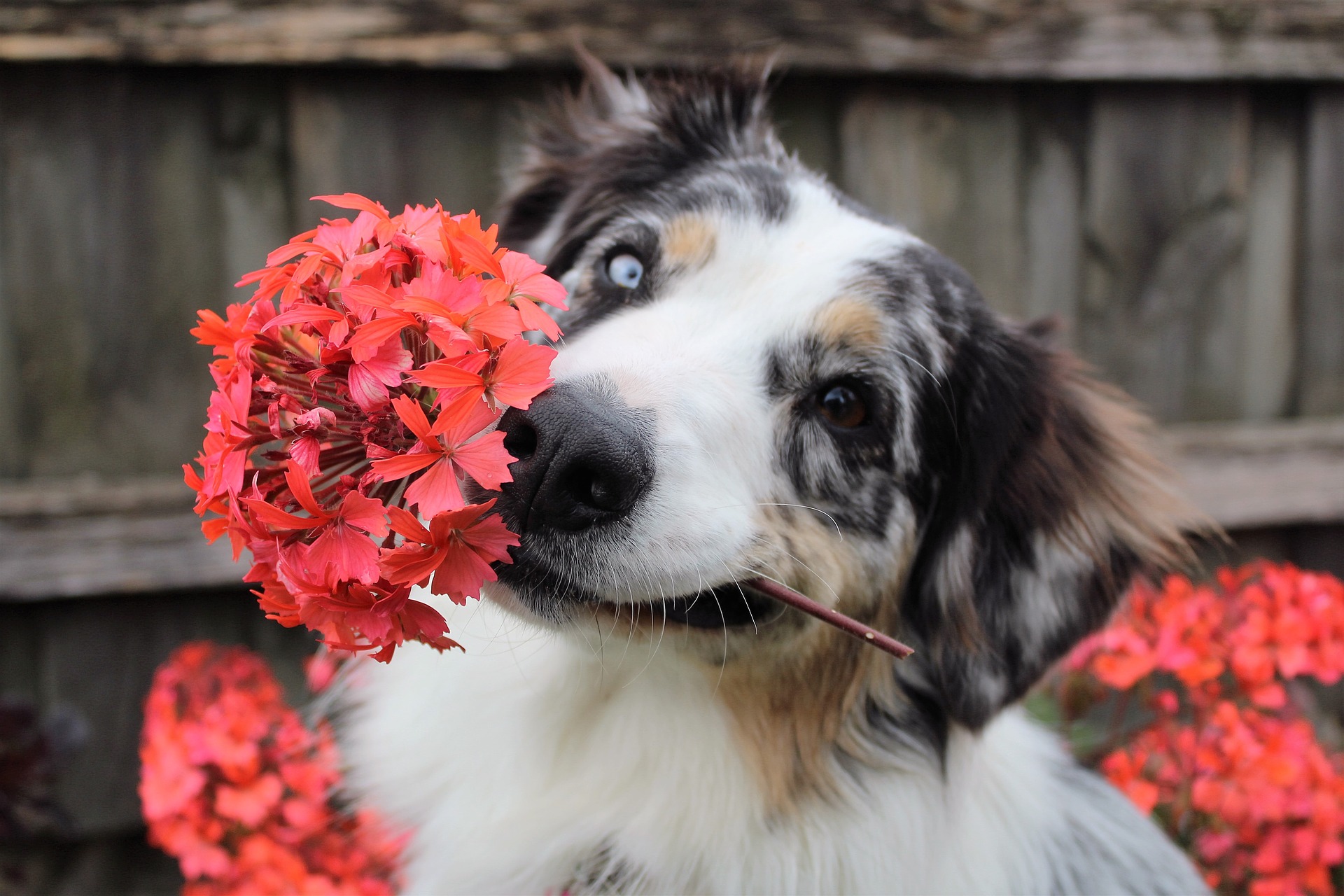Women and Dogs Through History

It turns out the saying that dogs are a man’s best friend needs revising; it should be “woman’s best friend.” Washington State University anthropologists analyzed 8,000 descriptions of dogs interacting with humans in 144 societies, from the Toraja people in Indonesia and the Tiwi people in Australia to people on the Northwest Coast of the United States. They examined texts from the late 1800s and early 1900s, although some reached back to Imperial Rome in 79 CE, and they found the women, across nearly all the cultures, have an undeniable bond with dogs.
For the Ainu indigenous culture in Japan, researchers in 1892 found dogs slept in small, tent-like structures with the village’s women. Dogs weren’t mentioned as being with older men at all; they existed purely in the presence of women. The stories may talk about the lone prairie cowboy and his dog and horse sharing this mystical bond, but the reality is looking different.
Men and women like dogs equally, and they both are likely to treat their dogs like people. However, when dogs interact with women in a particular society, dogs are more likely to have names be treated like family, buried, and mourned. According to WSU anthropology professor Robert Quinlan, one of three authors from a recently published paper in the Journal of Ethnobiology, of the 144 cultures, dogs that interacted with women were 220% more likely to be treated like people than dogs that didn’t interact with women, compared to the 63% for dogs that interacted with men.

The researchers think dogs just respond better to how women treat them, and that response goes both ways for women. Another of the paper’s authors, Jaime Chambers, says women feed the dogs, care for the dogs, and sleep alongside them. However, a woman living today in her apartment with her dog in the US or Europe may look different than a woman and her dog in the Amazon or indigenous Australia. But each interaction, and each woman and her dog, are all part of a more significant history.
In 1902, an ethnologist traveling in the Aguaruna region of Peru said that evidence of dogs is everywhere in the houses. The women give the dogs special attention, and in the case of puppies, they witnessed how the woman first chewed the food and then offered it to the dog out of her mouth. Very young puppies were even carried by the women in the fold of her upper dress.

In a 1950s description of Tiwi women in Melville Island, North Australia, a researcher said women received little help from their men, but they received a great deal of support from their well-trained hunting (dingo) dogs. Women called their dogs by the same familial terms as they call their children. Dogs are also given unique personal names. Dogs that were too old to hunt were never killed but were retired, and another pup would be trained to take its place. When a hunting dog dies, they are buried, and their family would weep in mourning.
Dogs were essential to the Coast Salish people from the Pacific Northwest. Salish women used the now-extinct small, long-haired Woolly Dogs to make legendary blankets. According to Elizabeth Flower Anderson Miller, the late textile expert, the Woolly Dogs were kept exclusively by the women in large flocks of 12 to 20 and fed raw salmon, smoked salmon, and made their coats shine elk fat and liver.

And our fascination with dogs seems to be endless. On Google Scholar, a search of “dogs” and “anthropology” gives you 345,000 results. In this digital repository, you can find a paper published in 2015 on how oxytocin, which is recognized for its role in socialization, bonding, and stress relief, increased more for women than men when around their dog. Another 2015 article about how single women place more value on how a potential love interest interacts with their pet — specifically, their dog. In a 2007 survey of young women in large Chinese cities, the women with dogs slept better, took fewer days off work, and exercised more frequently.
So, what is it about dogs as persons and women? Rob Quinlan believes dogs and humans bond with each other a lot like parents bond with their children, and their first bond is with their mother. While we may never know how dogs were domesticated, and we may never understand how the bond between human and dogs were made, humans owe dogs a significant debt, and women have been making good on that debt for throughout history. Dogs and women have been inherently bound together, and that bond is not fading any time soon.

